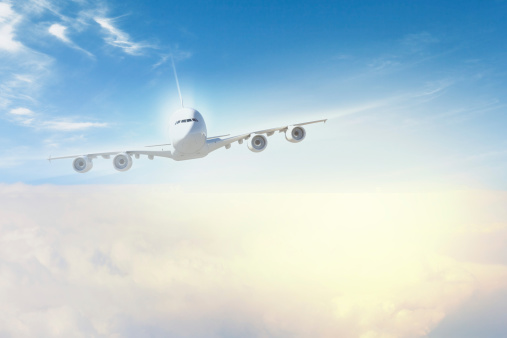
Of the many facets to life that the coronavirus pandemic has affected, travel has got to be the worst-hit. Airlines around the world are struggling to deal with the fallout of a massive decrease in demand for flights and the extra measures that need to be taken to help keep their customers safe.
All the same, the air travel industry is awash with uncertainty about the future, with no-one really that sure about how long the crisis is set to go on for.
Instead of foreign travel, the majority of people are choosing to go for a “staycation” this summer to avoid the possibility of getting infected.
This course of action is all very well and good for those of us who can do this, but what about people whose jobs depend on flying between the UK and the United States? In this article, we will outline a few of the ways that business travel across the Atlantic has changed.
1. Quarantine and Country Exclusions
As the virus has spread around the globe, national governments have been forced into taking extraordinary measures to restrict travel. At the time of writing, foreign nationals who have spent time in the United Kingdom in the last 14 days are currently not permitted to enter the United States.
If you are a US citizen, you are only allowed to return from the United Kingdom through one of 15 designated airports. You also have to self-isolate for a period of 14 days on your arrival.
A similar story applies to entering the United Kingdom. The Foreign, Commonwealth & Development Office (FCDO) advises against all but essential travel to the UK.
However, if you must travel for business, all travelers for the US must fill in a passenger locator form 48 hours before they fly. They must then self-isolate for a period of 14 days before they attend any business meetings or conferences.
Transatlantic business travel at the moment is subject to a significant degree of uncertainty. Little warning is usually given as to when rules on travel and quarantining are going to change, and many people have become stranded. For this reason, many businesspeople are choosing to postpone their trips until a later date.
2. Facemasks and Social Distancing on Flights
If you do make the decision to fly, you should be prepared to take extra measures to ensure the safety of yourself and others around you. At airports on both sides of the Atlantic, use of facemasks is currently mandatory. You must also wear a facemask for the duration of your flight.
Aircrafts have been fitted with special filters of the type that are used in hospitals to prevent the circulation of the virus through the air conditioning system.
Cabin crew are now following new protocol and taking extra care to wipe down the surfaces in the airplane with disinfectant before, during and after each flight. For the moment, in-flight meals are not being served due to social distancing measures.
3. Extra Immigration Protocol
On your arrival at the airport from a transatlantic flight, be prepared to answer extra questions regarding your plans to self-isolate for the stipulated period of 14 days. You may also be required to provide proof of where you plan to stay as well as health information and contact details.
The good news as far as visa permissions are concerned is that the standard ESTA visa application process is still in operation, so you will not need to take any extra measures to ensure that you are granted entry on arrival to the US if and when restrictions are lifted.
We are still yet to learn how travel restrictions are going to affect the planned introduction of the US-style ETIAS visa exemption scheme that is set to come into force from the beginning of 2021.
The scheme will require US travelers to the UK and Europe to apply online before traveling to gain entry on arrival. We await further news on this front, but we would not be surprised to see the scheme be implemented as planned.
Business travel has been hit hard during the pandemic. Before you make travel arrangements, make sure that you are permitted to enter your country of destination by checking the latest government guidelines. If possible, it is wise to avoid travel, and if possible, to conduct meetings with colleagues and clients digitally for the time being.
You may be interested in: “How Regular Business Travel Impacts Your Health”

